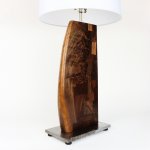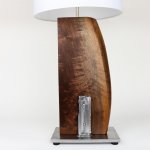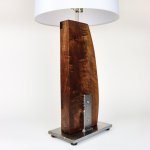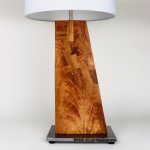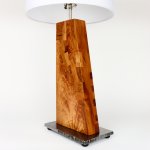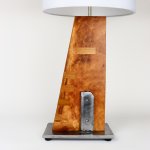I haven't seen a gun drill for years. We had one in the shop when I worked for Sandvik (Coromant), back in the early 80s. That place was so cool, on the cutting edge of technology of the time. That's where I saw my first CNC milling machine. The had 2 Bridgeports and it was the coolest thing ever to watch a "robot" do the work. The operator had to manually change tools, but it was automatic other than that. Totally unprecedented in 1980.
We used the gun drill to drill coolant holes up the flutes of the drills that we were making. The irony of using a drill to make a drill was not lost on me. All we did at that location was drills/drill heads, and insert holders of some type or another.


